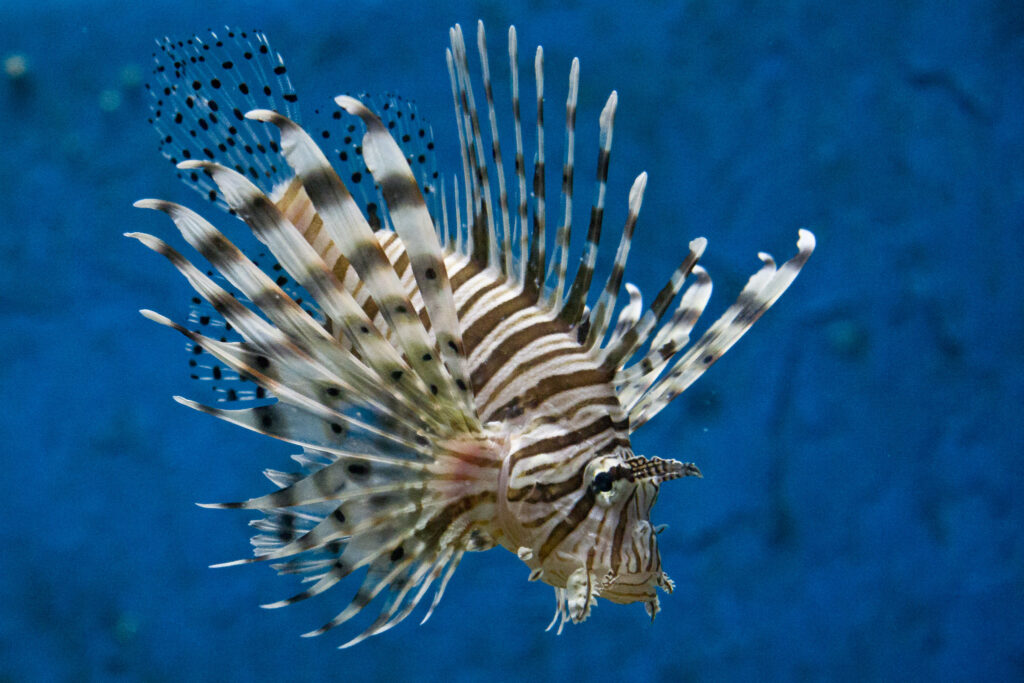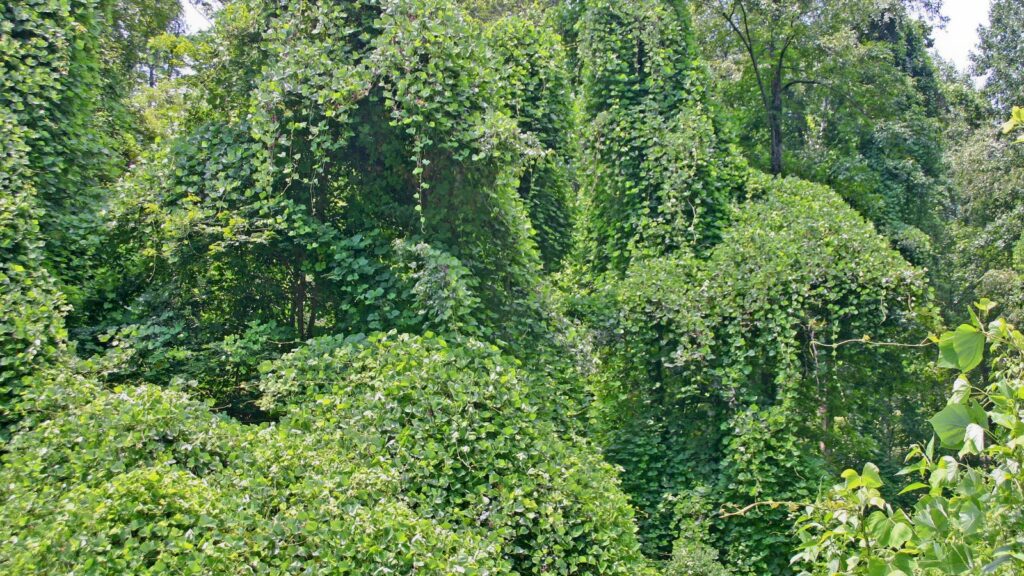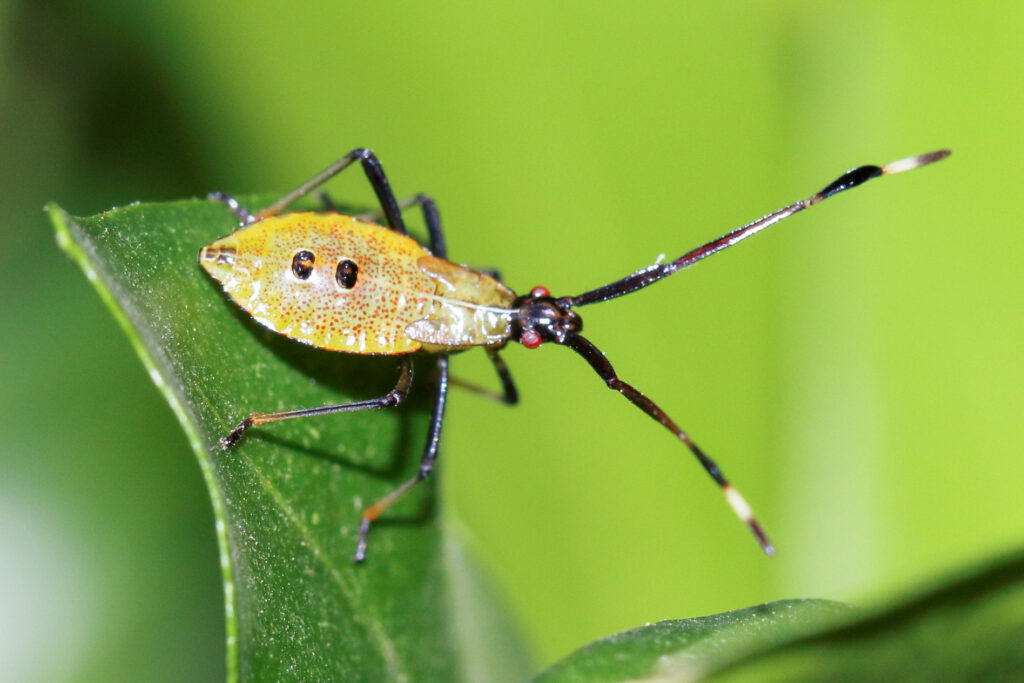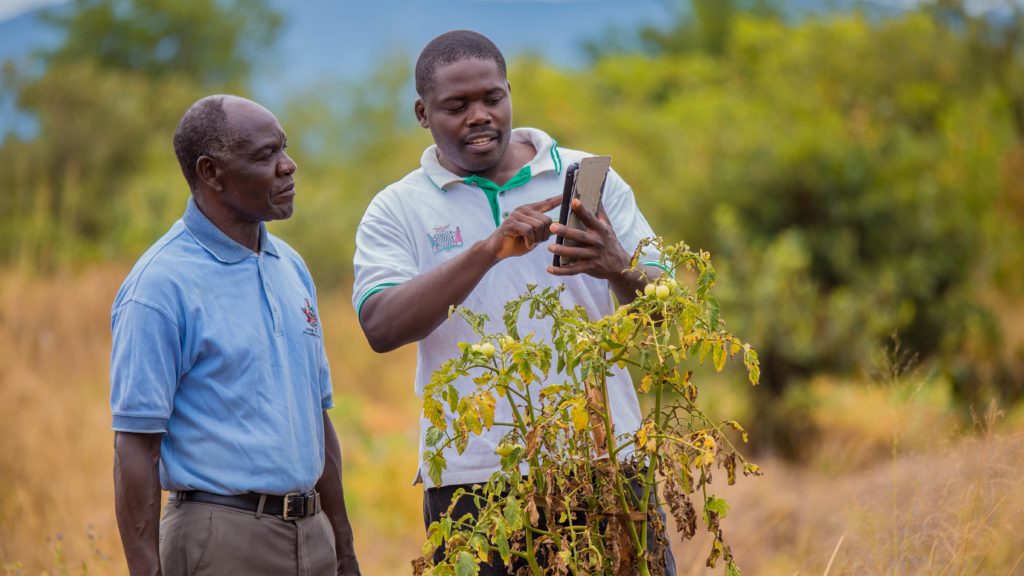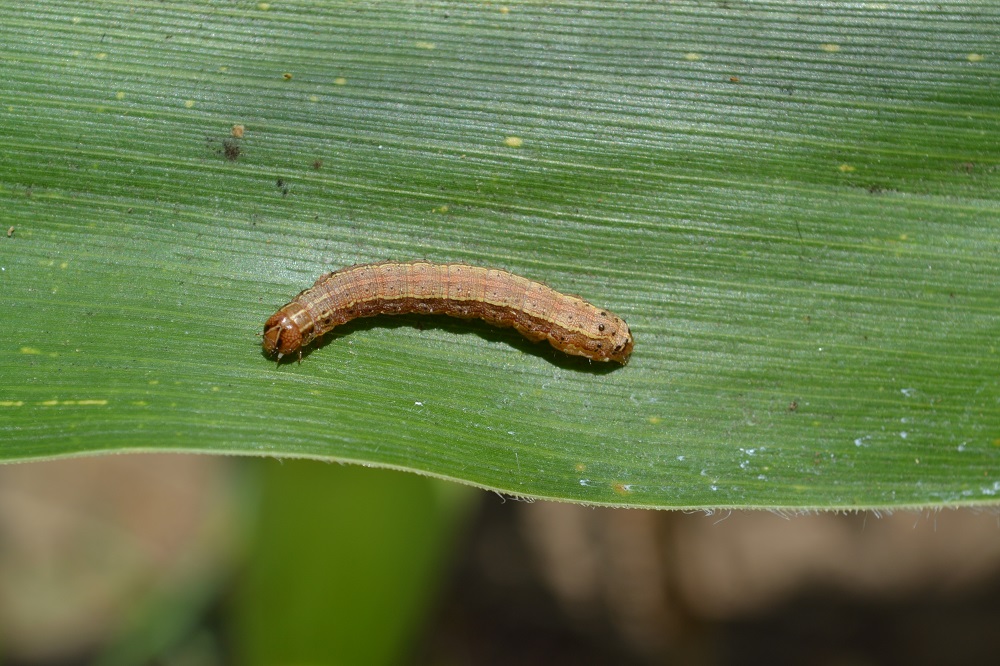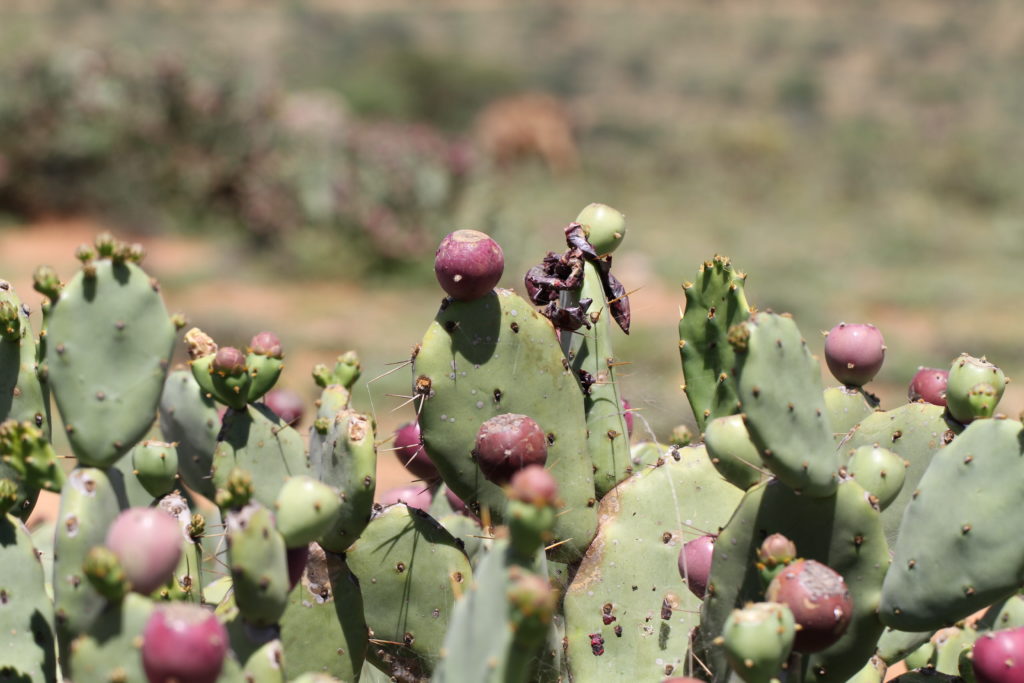Invasive rats: A closer look at 4 species causing problems around the world
The invasion of non-native species is among the primary reasons for the destruction of plants and wildlife across the globe. Rats are considered one of the world’s most invasive species. Second only to humans in their ecological damage. In particular, for small islands, the presence of rats invariably leads to radically reduced populations or extinctions…
Invasive snails: 4 species leaving a trail of destruction
Invasive snails are some of the most damaging invasive species in the world. In invaded regions, they pose a threat to the environment, the economy, and in some cases, human health. Find out more about four of these invasive snails, including their native region, how they became established in invaded areas and the threat they…
Help improve the Invasive Species Compendium’s latest decision-support tool
Are you interested in a list of invasive plants in Australia negatively affecting agriculture? Or a list of invasive insects in Hawaii that can be introduced via contaminated clothing? Maybe you want to know which vertebrate invasives cause ecosystem changes or habitat alteration…?
UK Invasive Species Week – how can we tackle some of the worst weeds in the UK?
Today marks the beginning of UK Invasive Species Week (24-30 May) – a week to raise awareness about the threat of invasive species in the UK and the significant negative impacts they cause to our environment, our economy and our daily lives.
Invasive Species Compendium use grows in 2020
In the first half of 2020, CABI’s Invasive Species Compendium (ISC) had over 1.5 million visits, around double the number for the same period in 2019. How much of this is down to the demand for high quality content and improvements that have been made to the site, and how much is down to people…

